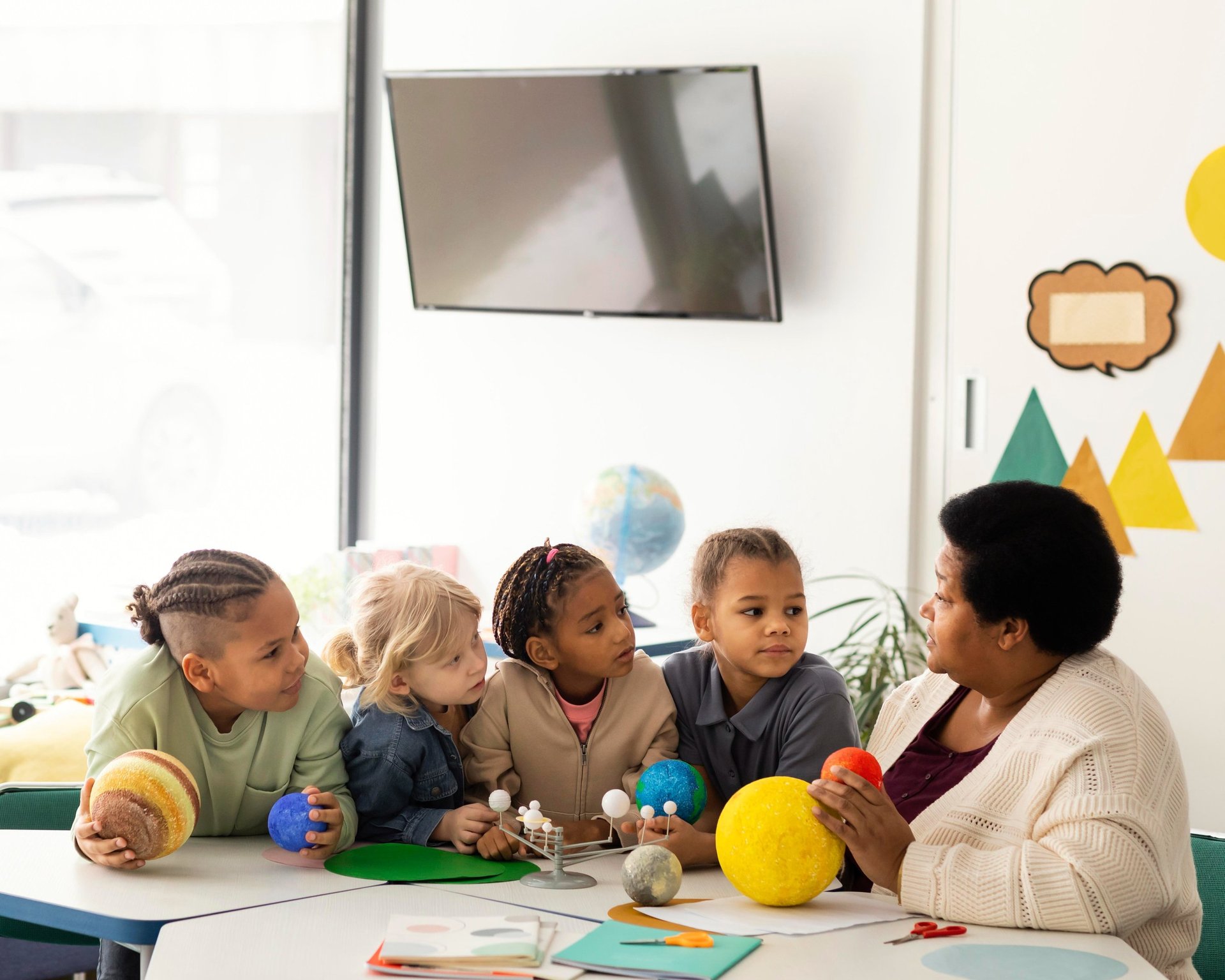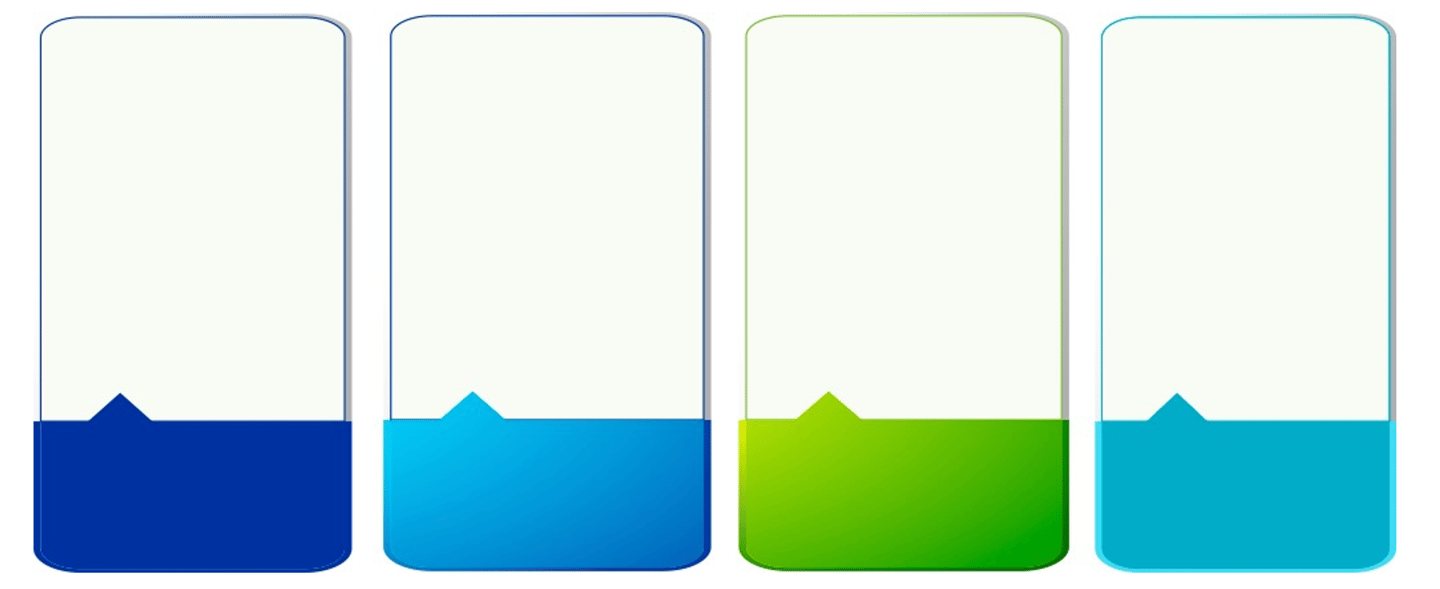A New Culture of Learning in Hybrid Classrooms: Transforming Education Through Passion, Play, Imagination, and Community.
Creating Significant Learning Environments to Improve Learning
Designing significant learning environments is essential to addressing students’ diversity, motivation, and passion for learning. Ausubel (1963) emphasized that meaningful learning occurs when new knowledge connects to prior knowledge. This idea is central to my hybrid learning proposal, which allows students to link the latest with the known, at their own pace and with purpose. Learning becomes transformative when we create authentic experiences that spark intrinsic motivation, align with students’ interests, and foster active engagement. As Thomas and Seely Brown (2011) point out, environments that promote play, curiosity, passion, and community turn learning into something alive.
Dee Fink (2003) outlines six interrelated dimensions of significant learning: foundational knowledge, application, integration, the human dimension, caring, and learning how to learn. By integrating these into hybrid learning, we achieve academic goals and support holistic development. Inclusion and equity are also essential. The Universal Design for Learning (UDL) framework promotes multiple means of representation, expression, and engagement to address neurological and cultural diversity (Nelson et al., 2021). In my hybrid environment, this means offering auditory, visual, and tactile materials and allowing students to demonstrate their understanding in various ways.

I have witnessed how meaningful learning transforms education: mistakes become opportunities, content becomes discovery, and the classroom becomes a learning community. Students learn to read to imagine, create, and build a better world in these spaces.


Creating a culture of significant learning involves recognizing each student as capable, curious, and full of potential. When we design environments that honor their voices and identities, learning becomes a shared journey driven by purpose, imagination, and connection (Fink, 2003). Traditional education often assumes that all students learn the same way, overlooking cognitive, linguistic, and emotional diversity. My hybrid innovation plan challenges this model by applying the UDL framework, which promotes multiple ways to access content, express understanding, and sustain motivation (Nelson et al., 2021).
Purposeful Solutions for Creating Significant Learning Environments in Hybrid Learning
Integrating UDL allows learning to adapt to each student: some prefer text, others audio, hands-on activities, or artistic expression. Diversity becomes the foundation of the design, not a limitation. Backward Design (Wiggins & McTighe, 2005) reinforces this approach by starting with clear goals, identifying authentic evidence, and creating experiences enriched with technology and sensory resources such as music, lighting, or simulations to spark curiosity. As Thomas and Seely Brown (2011) suggest, learning environments must nurture imagination, passion, and action.
This redefines teaching: educators shift from being content transmitters to designers of experiences that foster empathy, reflection, and real-world skills (Fink, 2003). Creating significant learning environments is not about using digital tools but about designing with empathy, flexibility, and purpose.


Key Concepts from A New Culture of Learning and Their Application in Hybrid Learning
Thomas and Seely Brown's (2011) ideas are naturally and powerfully integrated into my hybrid innovation plan. Their vision sees education as a living process driven by curiosity, play, imagination, and community. Hybrid learning becomes more than a combination of physical and digital modalities; it is an expanded space where students explore, take risks, make mistakes, and construct knowledge in an inclusive environment.
Passion fuels curiosity. I cultivate it by connecting learning to students' interests through personalized readings, creative projects, and tools like PebbleGo. In the classroom, I incorporate sensory elements (music, lighting, thematic stations) that strengthen this passion in physical and digital spaces.
Imagination transforms understanding into ownership. Alternative endings, empathy-based tasks, and visual thinking deepen emotional connections. Digital storytelling, comics, or simulations foster creative expression in virtual environments.
Far from being a distraction, play promotes discovery. I integrate it through storytelling centers, challenges, word-building tasks, and collaborative activities. Digitally, I use platforms like i-Ready, Schoology, and Amplify to offer gamified, personalized experiences that joyfully build skills.
Learning thrives through connection. I encourage collaboration via discussion groups, peer feedback, and platforms like ClassDojo, where students learn with and from one another, strengthening a shared sense of community.


Passion as a Driver of Learning


Play as a Structure for Exploration




Imagination as a Catalyst for Meaning
. Learning in Community


These four principles are not add-ons, but foundational guides for every instructional decision. The hybrid classroom becomes an inclusive, vibrant, and student-centered space by embedding them.








Challenges and Strategies for Transforming Hybrid Learning Through a New Culture
Transforming hybrid learning through passion, play, imagination, and community requires more than new tools it demands a profound cultural shift.
1. Shifting the Mindset About Learning
2. Meaningful Use of Technology
3. Embracing Mistakes as Opportunities
4. Innovation vs. Curricular Rigidity
Technology alone does not improve learning. Following Bates (2014), I use tools like i-Ready and Amplify to explore, reflect, and create. I also incorporate music, imagery, and lighting to enrich physical and digital environments, aligning with the principles of UDL (Nelson et al., 2021).


Imagination transforms understanding into ownership. Alternative endings, empathy-based tasks, and visual thinking deepen emotional connections. Digital storytelling, comics, or simulations foster creative expression in virtual environments.
In punitive educational cultures, mistakes are viewed as failure. Inspired by Thomas and Seely Brown (2011), I foster a culture where mistakes are essential to learning. I use metacognition and self-assessment to encourage reflection and growth (Fink, 2003).
Rigid curricula often limit creativity. Through backward design (Wiggins & McTighe, 2005), I begin with essential goals and design flexible learning paths (projects, hybrid stations) that uphold academic rigor without sacrificing personalization.








Transforming hybrid learning is challenging but possible. It requires purpose, empathy, and belief in each student’s potential. As Thomas and Seely Brown (2011) state, “if we ignite the passion, learning will find its way” (p. 79).
A Living Culture of Learning: Real Transformation in Schools Through a Hybrid Approach
Implementing significant learning environments will transform my school both culturally and structurally. This shift from content-centered models to curiosity-driven learning is urgent as Thomas and Seely Brown (2011) state, environments that promote passion and community are better equipped to face current challenges. This redefines the teacher’s role. According to Fink (2003), educators become designers of meaningful experiences, integrating reflection, empathy, and action. Teacher collaboration is essential: planning together, sharing evidence, and learning from one another strengthen professional practice and institutional culture.
The hybrid model allows for personalized learning and data-informed teaching using tools like i-Ready, Amplify, PebbleGo, Schoology, and ClassDojo. Bates (2014) emphasizes that strategic use of technology expands learning opportunities and addresses diverse needs. ClassDojo also strengthens school–family connections, which are essential for equity. In physical environments, sensory elements such as music, adaptive lighting, or flexible furniture promote well-being and self-regulation. Following the UDL framework (Nelson et al., 2021), inclusion becomes the foundation of design. Each student feels seen and valued, reinforcing an innovative and human-centered culture.
Ultimately, this model redefines the purpose of education. A school that embraces this vision becomes a living learning community, where teachers, students, and families grow, imagine, and transform together.
DOCUMENT PDF


I invite you to download the full document “A New Culture of Learning in Hybrid Classrooms”, a proposal inspired by passion, play, imagination, and community principles.
I invite you to watch the summary of this inspiring video, which presents the core ideas on how to transform education through a new culture of learning based on passion, play, imagination, and community-based learning. This audiovisual material offers a clear and motivating vision for redesigning hybrid environments that truly connect with every student's needs, interests, and potential.


REFERENCES
Ausubel, D. P. (1963). The psychology of meaningful verbal learning. Grune & Stratton.
Bates, T. (2014). Teaching in a digital age: Guidelines for designing teaching and learning.
Fink, L. D. (2003). Creating significant learning experiences: An integrated approach to designing college courses. Jossey-Bass.
Nelson, L. L., Johnston, T. S., & Browder, D. M. (2021). Universal Design for Learning: Theor and practice (2.ª ed.). CAST Professional Publishing.
Thomas, D., & Seely Brown, J. (2011). A new culture of learning: Cultivating the imagination for a world of constant change. CreateSpace.
Wiggins, G., & McTighe, J. (2005). Understanding by design (Expanded 2nd ed.). ASCD.
